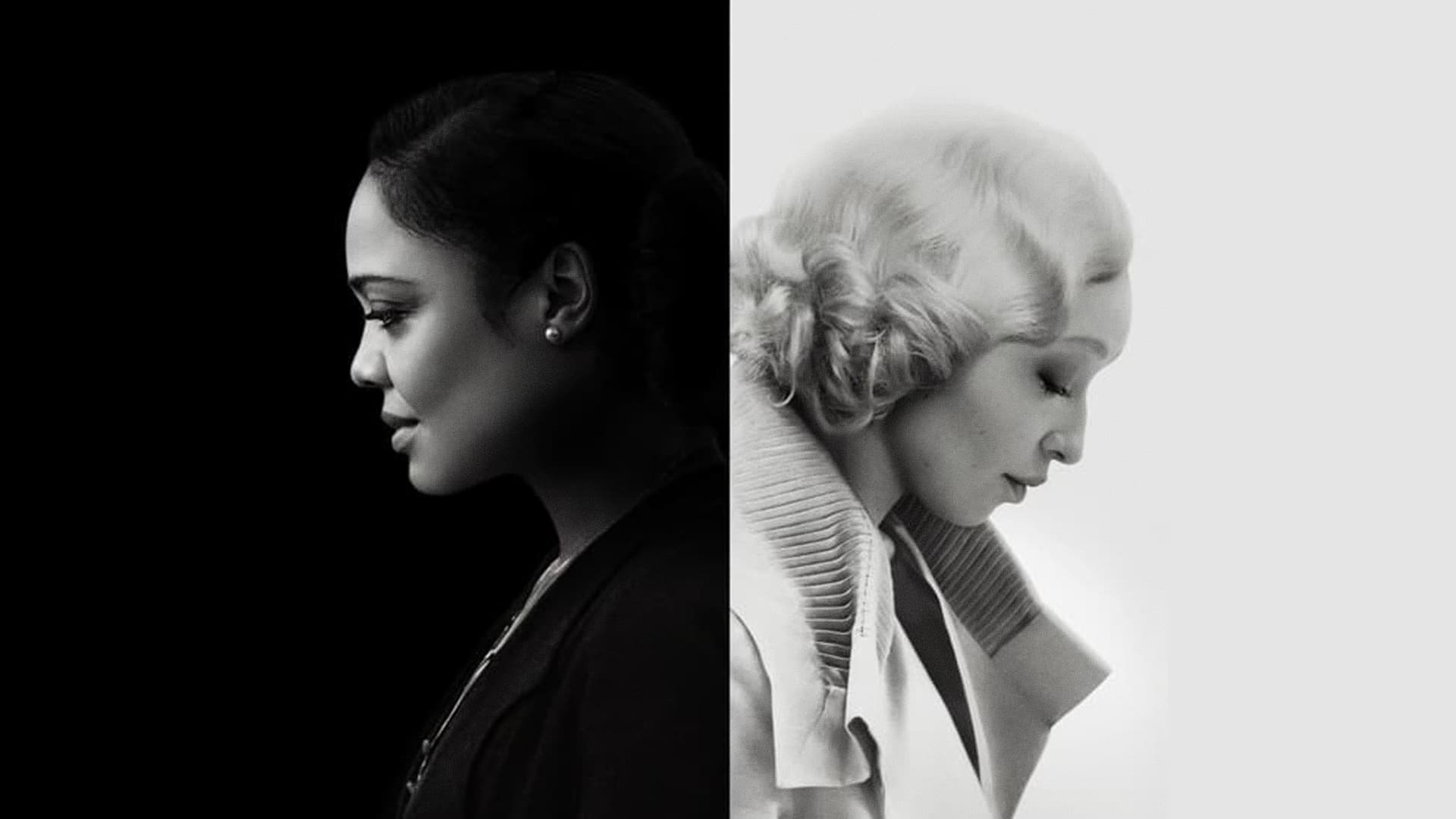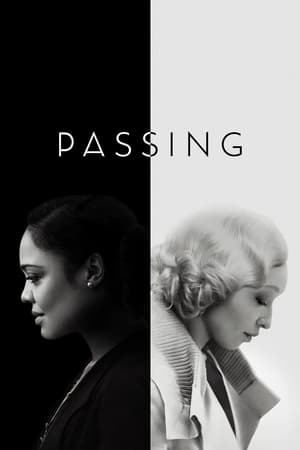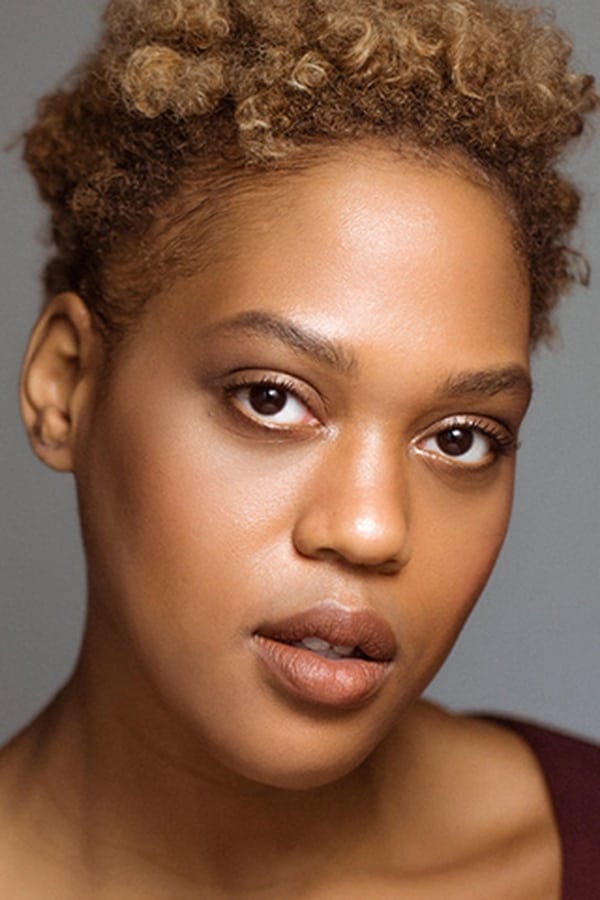Imitation of Life (1934) is a drama film directed by John M. Stahl, based on the novel of the same name by feminist and race activist Fannie Hurst. It stars Claudette Colbert, Louise Beavers, Fredi Washington, and Warren William.
The story is centered on two single mothers, Bea and Delilah, and their lives with their children, Jessie and Peola. Starting with their daughter’s childhood and ending with the girls in college, its central theme is how parents and the choices they make can affect their children, in both positive and negative ways.
The film crossed many boundaries for its time such as Louise Beavers’ role as Delilah, which was the first time in American cinematic history that a Black woman's problems were given great emotional weight in a major Hollywood motion picture.
The film dives into her effort as a single Black mother, her heartbreak after losing her daughter, how hard it is for people of color to discuss racism with their children, and how Black people were treated in general.
Due to its discussions on race, racism, and mixed-race passing, it made history and is on Time magazine’s list of The 25 Most Important Films on Race.















